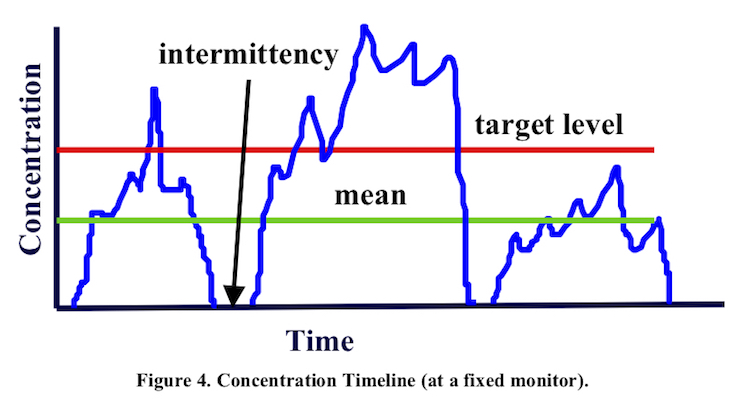Modeling of Adverse Effects - Odor Modeling Intermediate

Reading Guide
Odor modeling presents some challenges. In fact, models used for air quality compliance purposes calculate fixed time-averaged concentrations that can be directly compared with ambient air quality standards and criteria (generally with 1-hour to 1-year averaging times). Odors, on the other hand, can be recognized on the order of seconds or minutes. In addition, unlike air quality standards which have been quantified based upon exposure and health related responses, the responses to odors can be very subjective and are historically based on nuisance.
A review chapter on odor modeling (Diosey and Buono, 2008) from the book Air Quality Modeling - Theories, Methodologies, Computational Methods, and Available Databases and Software, Vol III (Zannetti, Ed. 2008) is included as pdf file.
Material
Guide prepared by P. Zannetti (9/2020). For corrections or expansions please contact us.